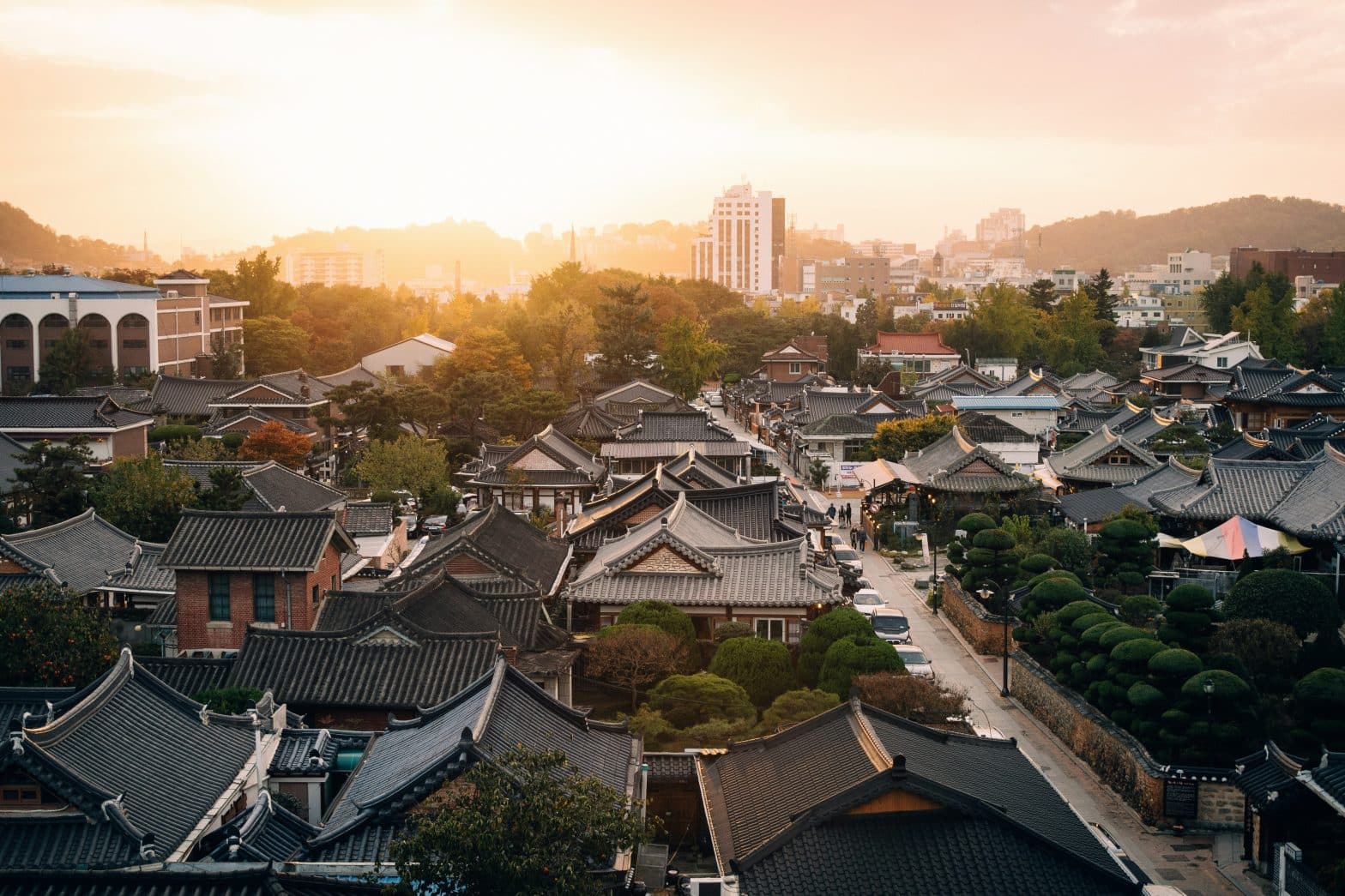If South Korea is a destination that fascinates and attracts expatriates, it is because it offers a unique lifestyle, combining modernity and tradition, technology, and nature. And if you are reading this, it is because you are probably seriously considering moving to South Korea, most likely after a visit that left a lasting impression.
But moving to South Korea is not something you can just improvise. Budget, housing, procedures … a thousand questions arise. To help you see more clearly, Foyer Global Health offers you this comprehensive guide to prepare for your expatriation with peace of mind.
The advantages and disadvantages of life in South Korea
Advantages
South Korea boasts:
- One of the best health systems in the world
- Third best education system in the world
- Unique landscapes and lush nature
- It is one of the safest countries in terms of security
- One of the twenty richest countries in the world
- An important and preserved cultural heritage
- An ultra-modern public transport network
Disadvantages
- Language barrier (learning Korean is the biggest challenge for expats!)
- In Seoul, air quality is not very good due to pollution
- Apartments are often smaller than Western standards
What visa do I need to live in South Korea?
The available options
The first step to moving to South Korea is, of course, to obtain a visa. However, until 31 December 2025, European nationals from the Schengen states can travel to South Korea without a visa, provided that their stay does not exceed 90 days.
For a long-term stay, there are several types of visas available:
- Work visa (E-series): generally required to work in Korea, it requires a local job offer;
- Marriage visa (F-6): intended for spouses of South Korean citizens;
- Permanent resident visa (F-5): accessible after several years of residence in the country.

For shorter stays, the Korean authorities issue a tourist visa (B2) or student visa (D Series). For more information or to make a request, future expatriates can contact the Embassy of the Republic of Korea in France.
The Alien Card
Once you are there, you have 90 days to apply for your residence card (on the HiKorea website), known as the Alien Card. This document is essential for full integration into the country, as it is required to open a bank account or to work.
Accommodation in South Korea
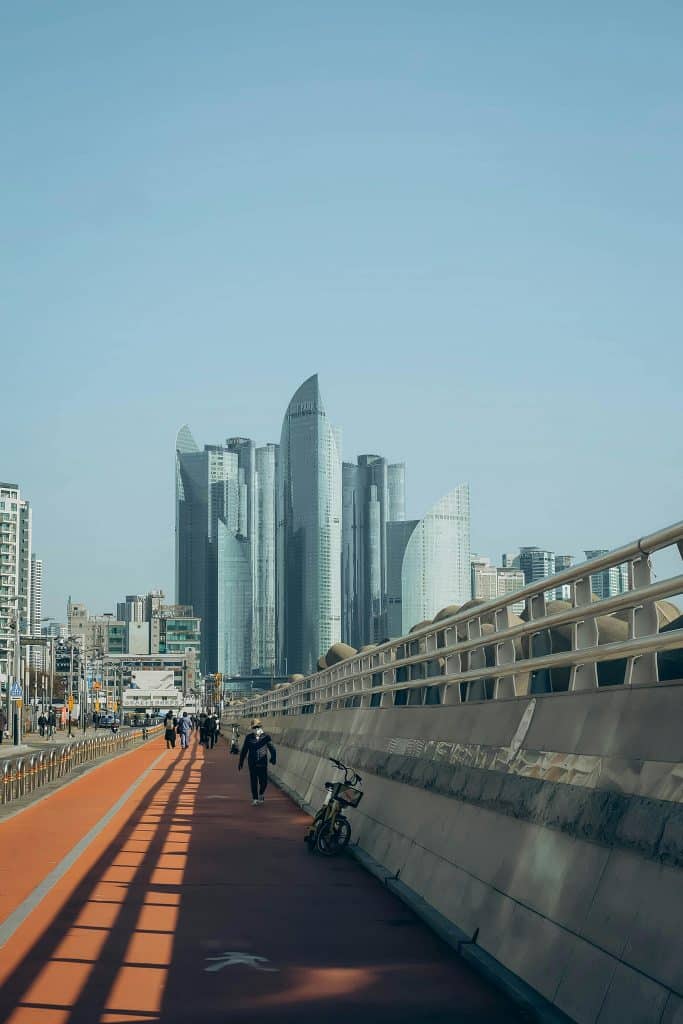
Where to live in South Korea?
Seoul is obviously the number one destination. A real economic and cultural powerhouse, the city offers a dynamic and pleasant living environment, with many lively neighbourhoods, but also parks where you can relax surrounded by nature. Some neighbourhoods are preferred by expats, notably Haebangchon, Yeouido and Seorae Maeul.
The coastal city of Busan also attracts some expats. The downside is that the locals are less proficient in English than in Seoul, and that there are fewer job opportunities.
Which type of accommodation to choose and at what price?
Finding accommodation in South Korea is sometimes difficult, especially in Seoul where supply struggles to keep up with demand. However, there are several types of property, making the search for accommodation less tedious:
Studio or apartment: this is the most common type of property, generally quite small. Rented apartments are often modern and furnished.
House: even without Korean nationality, it is possible to buy a house in South Korea. They are generally located on the outskirts of large cities, in residential areas, and offer more space.
Officetel: a fusion of ‘office’ and ‘hotel,’ officetels are a type of studio only found in Korea. In a building, you have a studio with a bedroom, bathroom, and kitchen, and upstairs you have access to commercial units reserved for businesses or as co-working space.
The cost of living in South Korea
The cost of living in South Korea is one of the highest in Asia. On a monthly basis, individuals should budget an average of €1,450, and €4,700 for a family of four.
The cost of living is intrinsically linked to the city and the lifestyle adopted. In Seoul, renting a flat in the city centre costs around €850, compared with €450 in Busan or €365 in Daegu.
Lunch for two in a budget restaurant costs around ₩20,000 (€13.22), while in a mid-range restaurant the bill usually comes up to ₩57,000 (€37.60).
If you are interested in the subject, check out our comprehensive guide to the cost of living in South Korea.
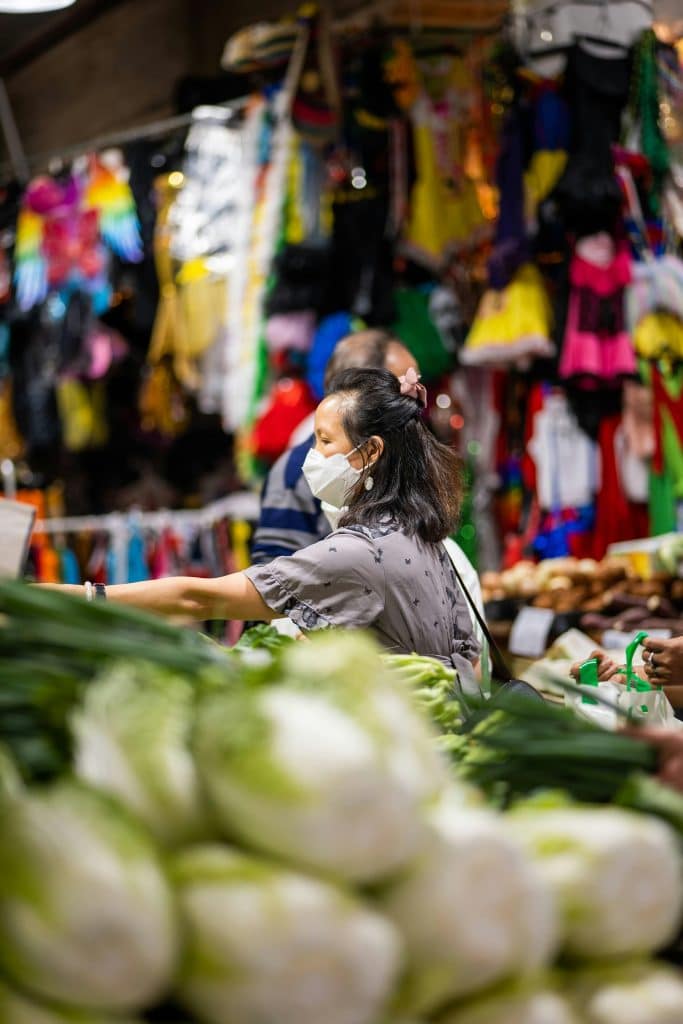
Getting around in South Korea
It is very easy to get around in South Korea. The transport network is modern and comprehensive, both in the big cities and in the countryside. To give you an idea, there are currently 768 metro stations in Seoul.
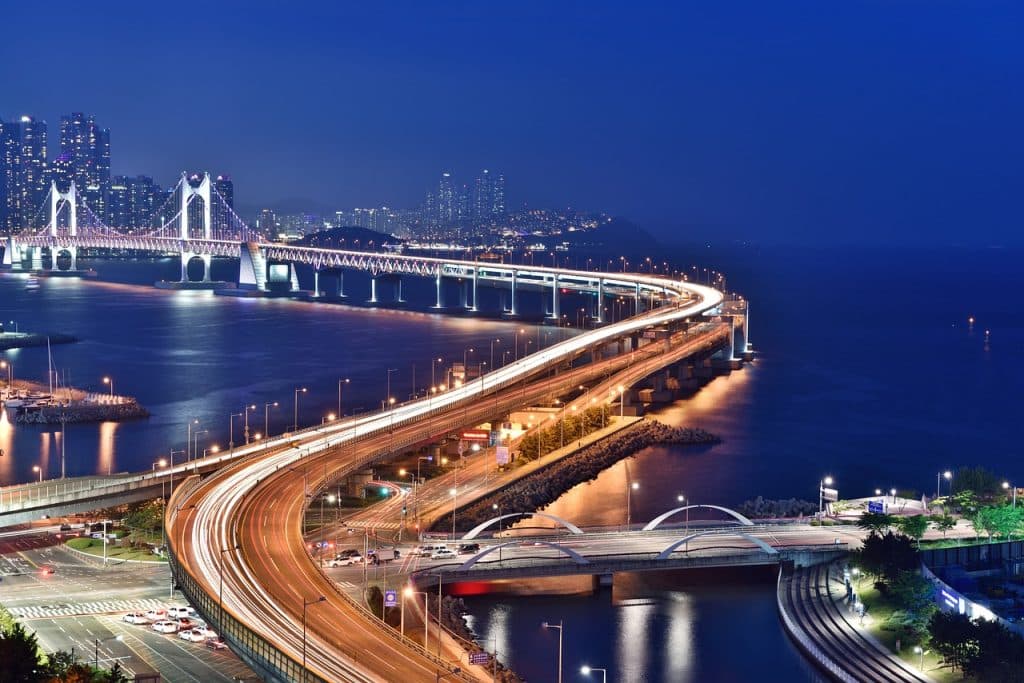
To make your journeys easier, you can download the Subway Korea application. This presents in detail the stations closest to you and all the metro lines as well as the train schedules, ideal for never getting lost.
To pay for your travel, it is advisable to use the T-Money Card, the local transport card par excellence. You fill it with the amount of your choice, knowing that a metro or bus journey costs on average 1,500 ₩ (1 €).
Working in South Korea

The Korean labour market offers numerous opportunities, particularly to holders of Master’s degrees with a certain amount of professional experience. In order to work in Korea, it is compulsory to hold an appropriate visa and, later on, to have an Alien Card.
The average salary in Korea is equivalent to 2,180 euros net per month, but this varies according to the position and the sector of activity.
The Korean health system
The Korean health system is one of the top three health systems in the world. Thanks to state-of-the-art infrastructure, the medical services offered are of a high quality and a social security system covers all residents.
However, some costs are not covered, particularly dental care. For full coverage, it is advisable to take out international private health insurance.
The advantages:
- Coverage valid anywhere in the world
- Quick access to care in the event of illness or emergency
- Assistance in French or English 24/7
Education and schools in South Korea
Korea has one of the best education systems in the world. For their children’s schooling, expatriates can choose between international or establishments, especially in the big cities, ideal for bilingual or trilingual learning.
Extra classes are also common, particularly in hagwons, private schools that reinforce what children have learnt and prepare students for the suneung, the national university entrance exam.
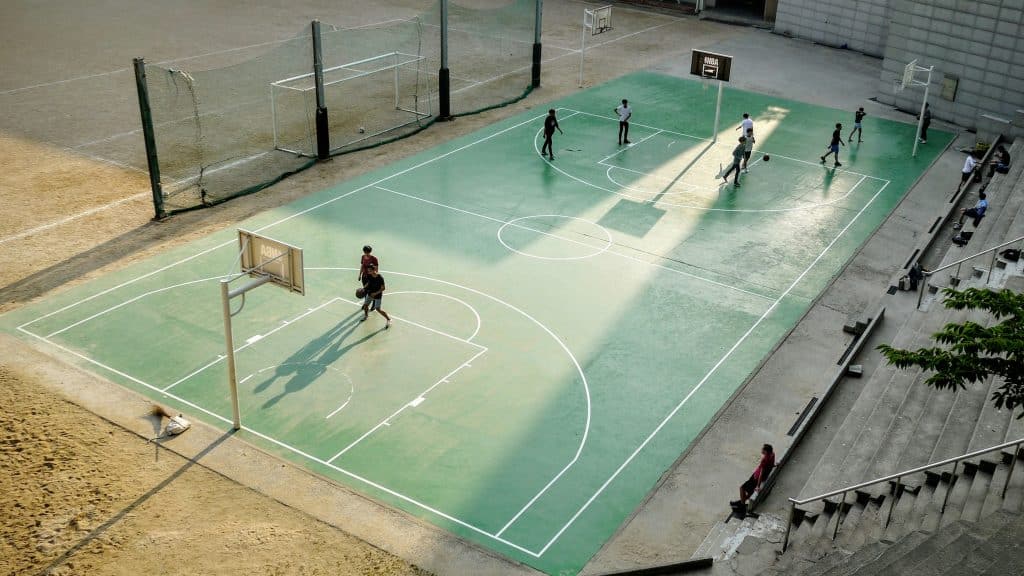
The Korean language barrier
Moving to Korea is a unique experience through immersion in the heart of a nation with a strong culture. But this comes with challenges, particularly linguistic ones. The Korean language, based on the Hangul alphabet, is very different from English. For example, it has no articles or genders. It is also, like Chinese, a tonal language: the same word can have completely different meanings depending on whether the beginning, middle or end is emphasised!
As English is not widely spoken, taking Korean lessons makes everyday life easier for an expat. A demanding but rewarding learning experience!
Not to be missed in South Korea
- Try local dishes such as kimchi, bibimbap and bulgogi
- Discover ancient buildings such as the Gyeongbokgung and Changdeokgung palaces or the Bongeunsa temple
- Discover parks and nature reserves such as the peaceful Seoraksan National Park
- Enjoy the lively neighbourhoods of the capital (especially in the evening) such as Itaewon, Jamsil and Daehangno
- Try noraebangs (Korean karaoke) in the Hongdae neighbourhood
- Take part in the country’s typical festivals such as Yeon Deung Ho (lantern festival in May) or the more unusual Boryeong Mud Festival at the end of July!
